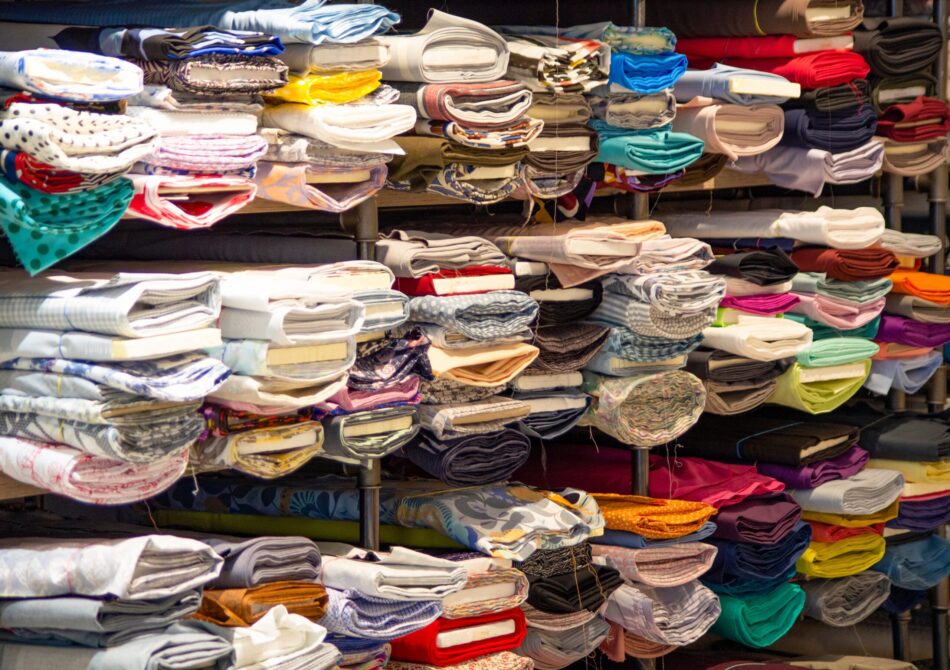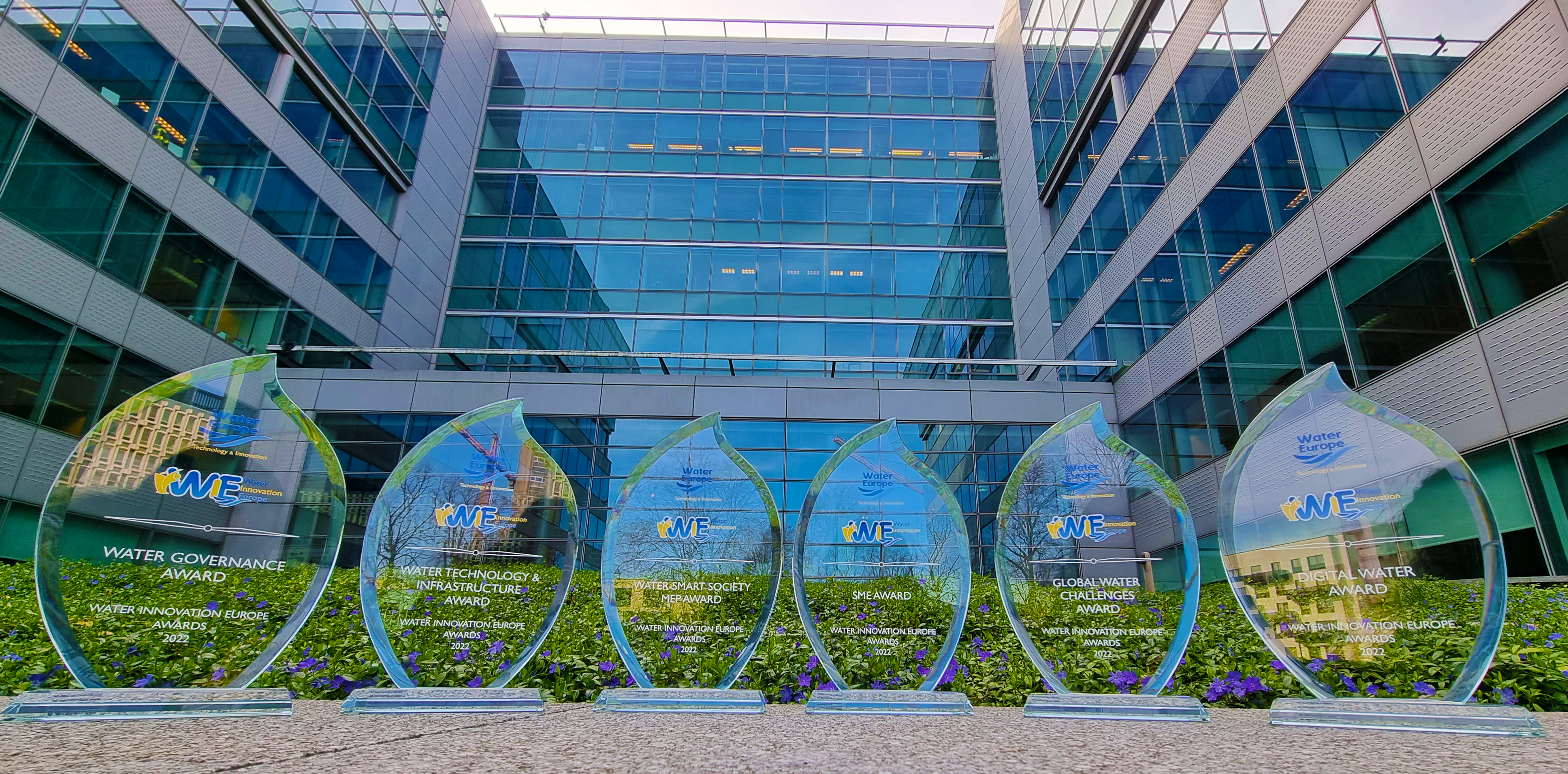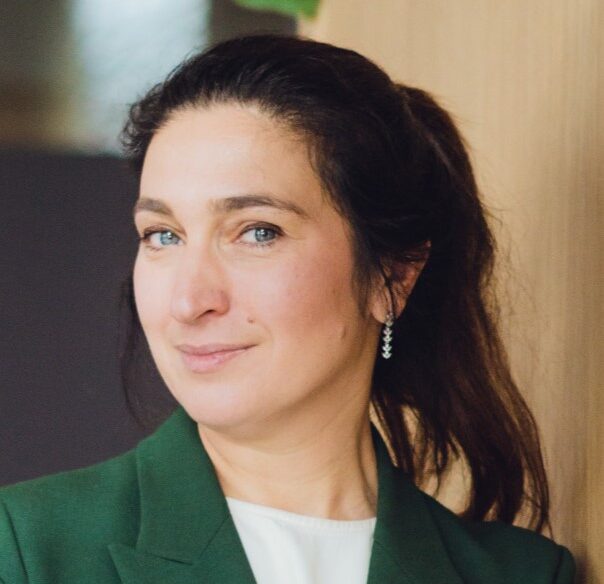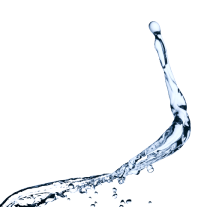The Joint Research Centre of the European Commission published the updated Best Available Techniques (BAT) reference document for the textiles industry. The new version includes several reference to water-related challenges. Particularly, the outcomes of the ZEROBRINE Project are considered in this new version.
The Horizon 2020 project ZERO BRINE demonstrate the applicability of this technology for wastewater treatment in a wide range of industrial processes with significant potential for replication. Four industries in diverse geographies implement the ZERO BRINE technology: demineralised water production, coal mining, silica production and textile manufacturing. With its impact assessment, ZERO BRINE partners embrace a holistic approach by considering the dilemma between energy consumption and resource recovery. The objective is to maximise the benefits of the technology, balancing the economic cost of resource recovery with the energy consumed to achieve sustainable production.
The BREF for the Textiles Industry covers the pre-treatment operations such as washing, bleaching, mercerisation or dyeing of textile fibres. This BREF also concerns independently operated treatment of wastewater, provided that the main pollutant load originates from the activities covered in this BREF. This revision contributes to pave the way towards an effective Water-Smart industrial emissions directive which fully considers the value of water, including the sustainable management of resources and the water-energy nexus.
Water Europe collected reactions from Dominique Gatel, member of the expert group on the IED on behalf of Water Europe and Vice-president Implementation programme, and Dimitris Xevgenos, WE representative in the technical expert group for the textile industry and former coordinator of the ZEROBRINE EU funded project.
What are the advances promised by this document towards a Water-Smart Society?
Dominique Gatel stated ‘This BREF on the textile industry made great steps towards a better consideration of water-related issues in this industry. These BATs will encourage the use of water management plans and water audits, to optimize the production, or for instance the segregation of polluted and unpolluted water streams. All of these techniques will contribute to improve water consumption and wastewater generation in the textile industry. As for reducing industrial emissions to water, the BATs are now to use process-integrated techniques, processes liquors’ recovery and reuse ones, as well as to pre-treat wastewater streams and pastes. These several improvements, allowed by technological and non-technological innovative solutions, shall lead towards water efficiency in industry.’
This document is in line with the objective of Water Europe to have the right drivers in the EU legislation to achieve a Water-Smart Society. It particularly echoes with our position on the revision of this directive to leverage water-related standards in each BREF.
Why is it an improvement for the implementation of EU-funded projects in the solutions market?
‘Within the Water Europe’s Implementation programme, our objective is to address challenges and needs for innovation by matchmaking the demand and the offer for efficient solutions. The transition to a climate neutral and circular society calls not only for technological innovation, but also a holistic, systemic, socio-economic approach and concrete market outreach of innovations. In this context, we supported the inclusion of the ZERO BRINE outcomes in the relevant technical expert group by appointing Dimitris Xevgenos as the coordinator of the project as WE representative. We also incorporated the outcomes of the project in WE position on the textile strategy. We tried to connect the outcomes of the projects with the different legislative dossiers, typically the industrial emissions directive by working collectively with the consortium on policy briefs such as the circular economy action plan ‘See ZEROBRINE policy brief’ . It is about reconnecting challenges owners and solutions providers, in order to improve water efficiency in the whole society, including industries.’ said Dominique Gatel.
What is the importance of the EU-funded projects such as Zero Brine project in the elaboration of the BREFS in particularly for the Textile industry one?
Dimitris Xevgenos said ‘One of the aims of the BREF is to protect the environment through an integrated pollution prevention approach in industries. The management or recovery of brine generated during water recovery by membrane processes in the textile industry is a hot topic for the sector. In the Zero Brine project, processes water and salt solution recovery case was carried out from the brine stream in a textile plant. The recovered salt solution is reused in the dyeing process while the recovered water can be used directly in the processes. This practice has been included as BAT in the revised BREF document. This case study is a good example of the valorization of brine in enterprises planning to recover wastewater by membrane processes.
Which type of challenges and benefits did you face during the revision of this industrial BREF on the textile industry?
Dimitris Xevgenos replied ‘In the BREF (Final Draft version), low, medium, and high-quality water quality criteria are defined for water reuse. However, information on water quality criteria required for processes such as dyeing, bleaching, and rinsing is limited. For example, in the Zero Brine project, the criteria for reuse in the dyeing of the salt solution recovered from the brine are not defined. In addition, it was useful to give specific water and energy consumption on the basis of processes. However, information on specific chemical consumption is limited.’
